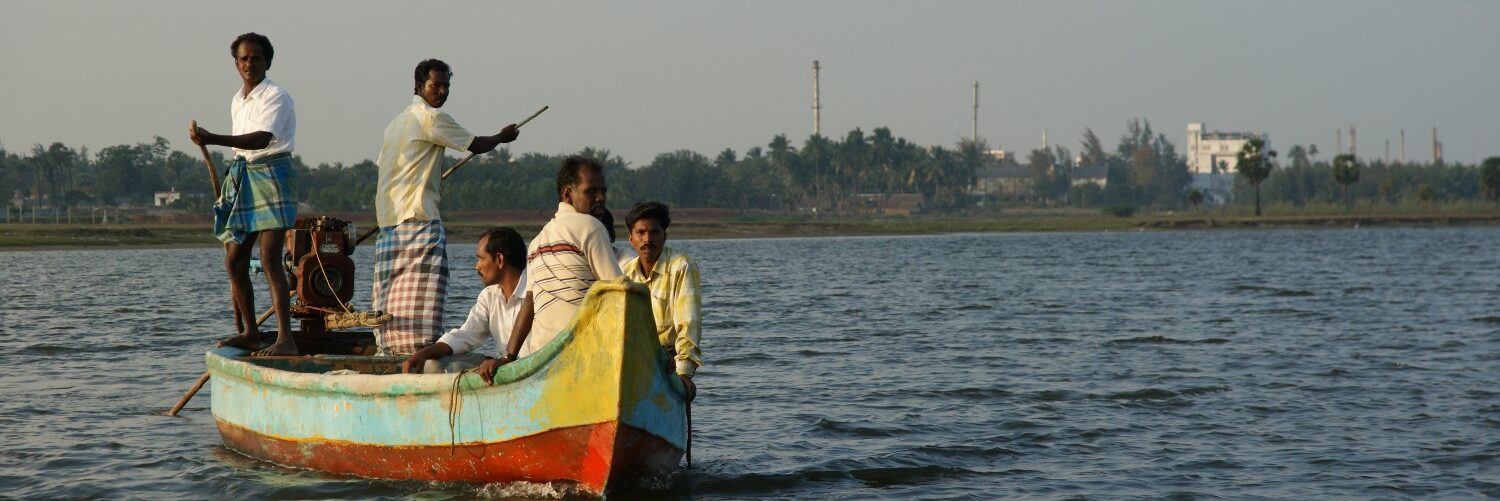The Pioneer
December 26, 2005
www.dailypioneer.com/
The Indian government has somewhat belatedly decided to test for pollutants at their source and has introduced standardised pollution tests for waterbodies across the country.
Water quality tests for groundwater, lakes and all seasonal and perennial rivers in India have been made mandatory by the country’s Ministry of Environment and Forests (MoEF) in a bid to monitor and reduce levels of water pollution. The Central Pollution Control Board (CPCB), the government agency on pollution, is expected to introduce water quality assessment reports along the lines of ambient air quality data.
In a recent notification, the MoEF has set guidelines for sampling, analytical techniques, frequency of testing and reporting on these tests. Parameters to be regularly checked include pesticide and heavy metal content, twice a year, in a quarter of the monitoring stations where pollution levels are high. And for the first time, groundwater has been brought under the purview of water pollution monitoring.
The Water Quality Assessment Authority (WQAA), a supra-body comprising representatives from the environment, water, health, rural and urban development ministries, has put in place a uniform monitoring protocol for water quality by all agencies.
River water quality is currently monitored by the MoEF, while the infrastructure to check groundwater quality is with the State Groundwater Boards and the Water Resources Ministry. But there was no consensus on what parameters to monitor, and how frequently.
“For national planning, good quality data is important. Now, all agencies will follow the same method of sampling, testing and reporting. Pre-monsoon water quality testing will be critical to find pollution trends. We are also in the process of accrediting about 60 laboratories responsible for testing from the National Accreditation Board for Testing and Calibration Laboratories,” says Dr M Sengupta, adviser to the MoEFministry.
All agencies — State and Central Pollution Control Boards, Central Water Commission, State and Central Groundwater Boards — will follow the analytical technique prescribed in the standard methods for analysis of water and wastewater, published by the American Public Health Association, or the Bureau of Indian Standards (BIS) method for testing water.
The monitoring agencies will report to a data centre at the CPCB.
Groundwater quality will be tested twice a year, pre- and post-monsoon, for turbidity and other inorganic elements, while pollution hotspots will be checked for pesticides and toxic metals once a year before the rains. After the monsoon, pollutants are diluted and do not give a realistic estimate.
Similarly, all surface waterbodies will be tested at least four times a year for fluoride, boron and faecal coliform, and pollution hotspots called ‘trend stations’ will monitor pollutants every month including a once-yearly pre-monsoon survey of micro-pollutants.
The notification has not specified the minimum number of places that will be monitored, but it is estimated that 16,000 locations will be tested, at 1,000 most polluted locations.
